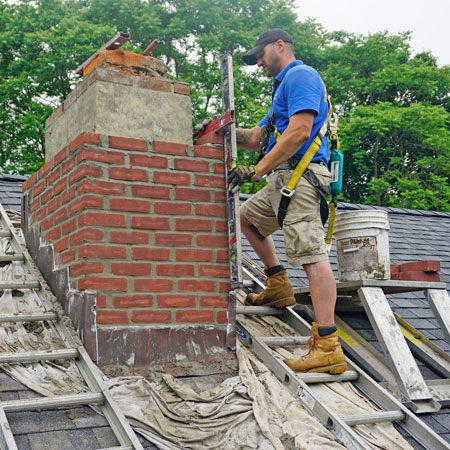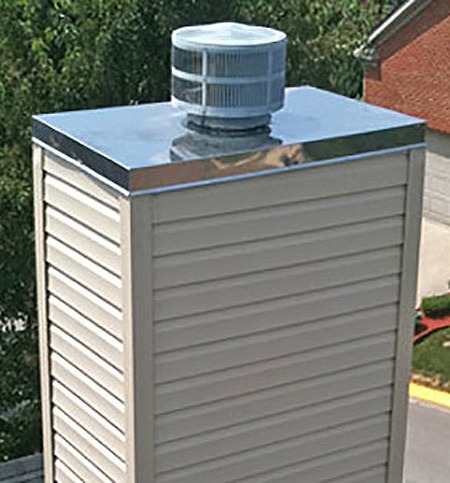Understanding the 6 Different Types of Chimneys for Your New Home or Remodeling
Whether you are building a new home or remodeling an existing residence, the type of heating appliance you are planning to install will help determine the type of chimney that you should use. Not all chimneys have the same engineering or heat resistance capability. Some chimneys are more expensive to maintain while others are less costly to install. Understanding the different types of chimneys is important to ensure that your fireplace or heating stove will perform safely and efficiently.
Not all chimneys have the same engineering or heat resistance capability. Some chimneys are more expensive to maintain while others are less costly to install. Understanding the different types of chimneys is important to ensure that your fireplace or heating stove will perform safely and efficiently.
Brick
The quintessential brick chimney is arguably the most common type of chimney found in residential construction. It is what immediately comes to mind when thinking about chimneys. Aside from brick, there are two other types of masonry chimneys: stone, and concrete block.
Brick masonry chimneys have long been the established standard in residential homes for their durability and visual appeal for any home style. And they can withstand temperatures of up to 1,800F making it a practical choice for any wood-burning or gas appliance. But brick chimneys are porous which makes it prone to deterioration in wet climates and they need annual cleaning and maintenance.
Stone
Although a stone chimney is also porous, it has a much harder surface that offers more resistance against moisture. And since no two stones are identical, it makes for an impressive work of art that will elevate the interior of any home. Since it is more time consuming to build a stone chimney, they are typically more expensive to construct than brick or concrete. As a result, they are usually found in high-end and custom homes.
Concrete Block
A concrete block chimney is relatively quick and easy to construct and can be painted in a variety of colors. While not as visually appealing as brick or stone, it is an economical choice for budget-minded consumers.
Metal
Metal is an excellent conductor of heat, and as such, is a very good material for chimney construction. Also, stainless steel is highly durable, doesn’t rust and is pest-resistant making it a low maintenance material, especially in humid climates. Its durability is the reason why many masonry chimneys use stainless steel flue liners. Builders with an artistic flair will find that metal chimneys will complement any home with a modern or industrial style appearance. Although metal chimneys are insulated for protection from high heat, metal warps at high temperatures, so it is imperative to check with the fireplace or wood stove manufacturer to ensure your metal chimney meets their recommended fire safety guidelines.

Pre-fabricated
A pre-fabricated chimney is produced in a factory and is a less costly alternative to a masonry chimney. But they don’t have the same performance or quality standards as a site-built brick chimney. There are different types of factory-built chimneys such as double-walled, air-cooled, and air-insulated. The manufacturer specifications of the fireplace will determine the type of pre-fabricated chimney that needs to be installed. A pre-fabricated chimney also requires more frequent maintenance than other types of chimneys.
Wood Stove
The exhaust from a wood-burning stove is vented through a stove pipe connected on top of the appliance that goes through the ceiling and exits the roof. Because it is important for the stove pipe to remain vertical for proper venting, the chimney is usually built around it. The chimney can be masonry, metal or even pre-fabricated, depending on the type of wood stove and heating temperature. The chimney needs to be able to withstand the high heat from the stove.








